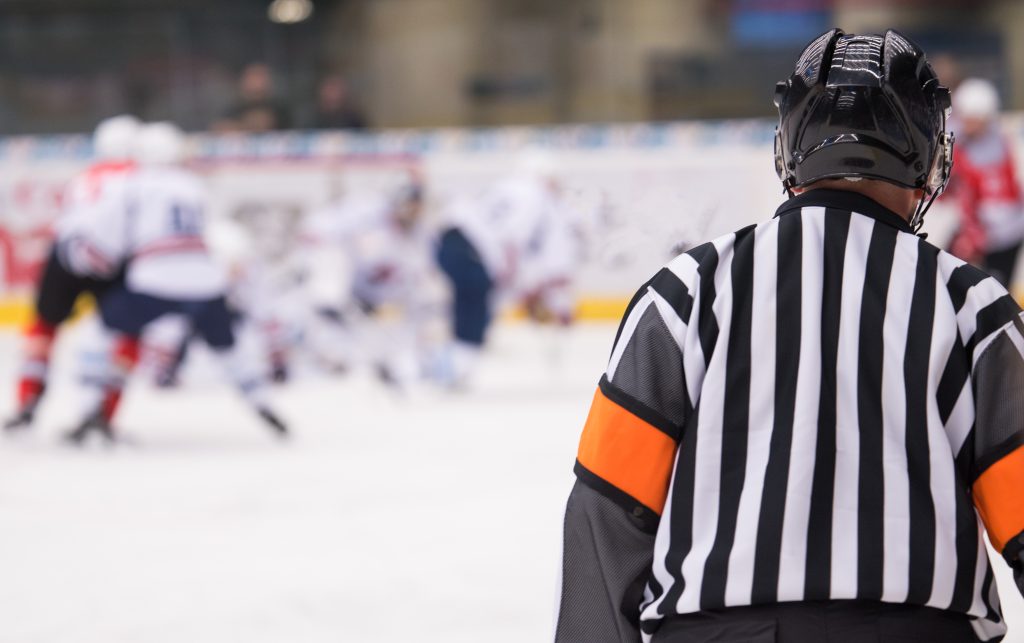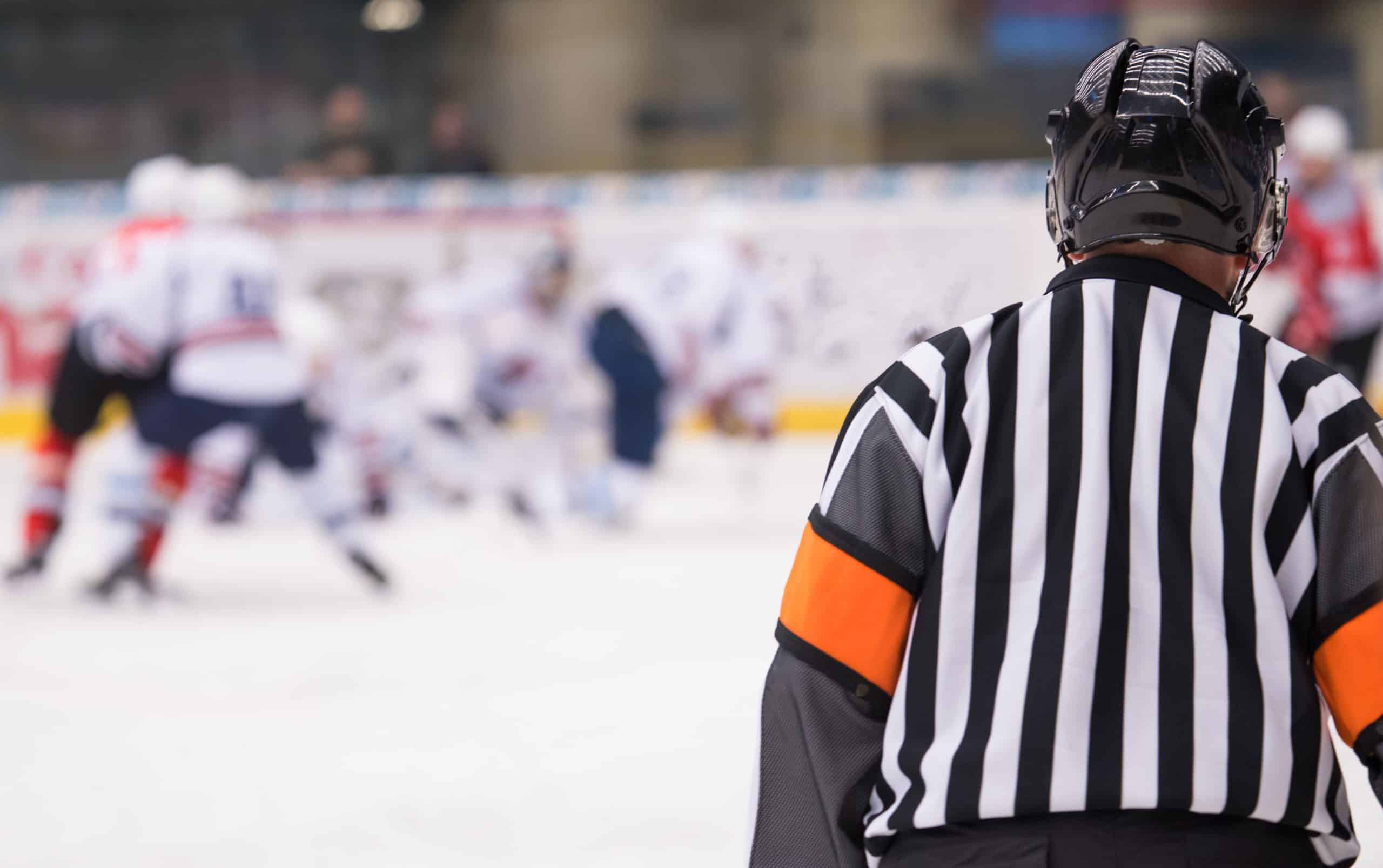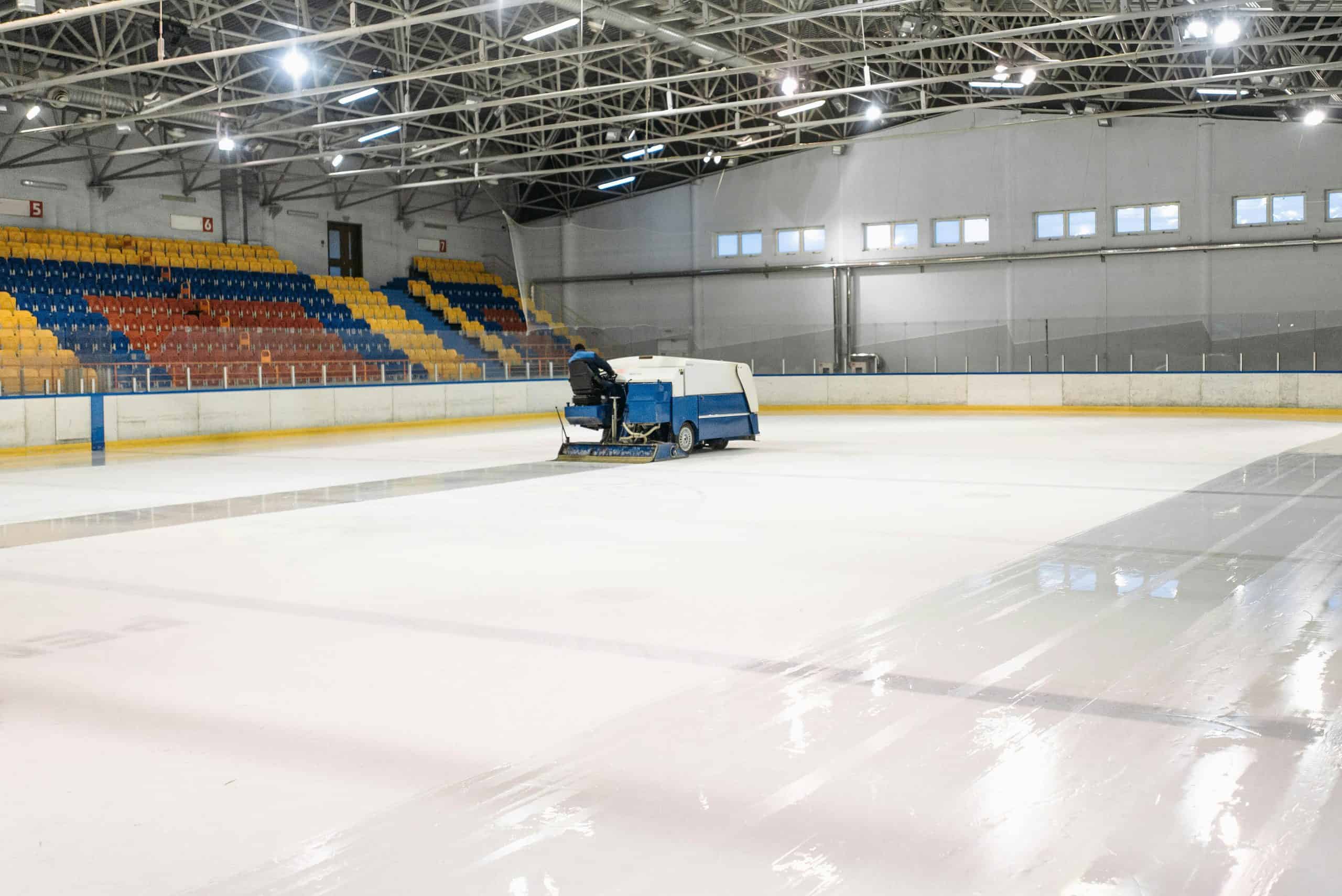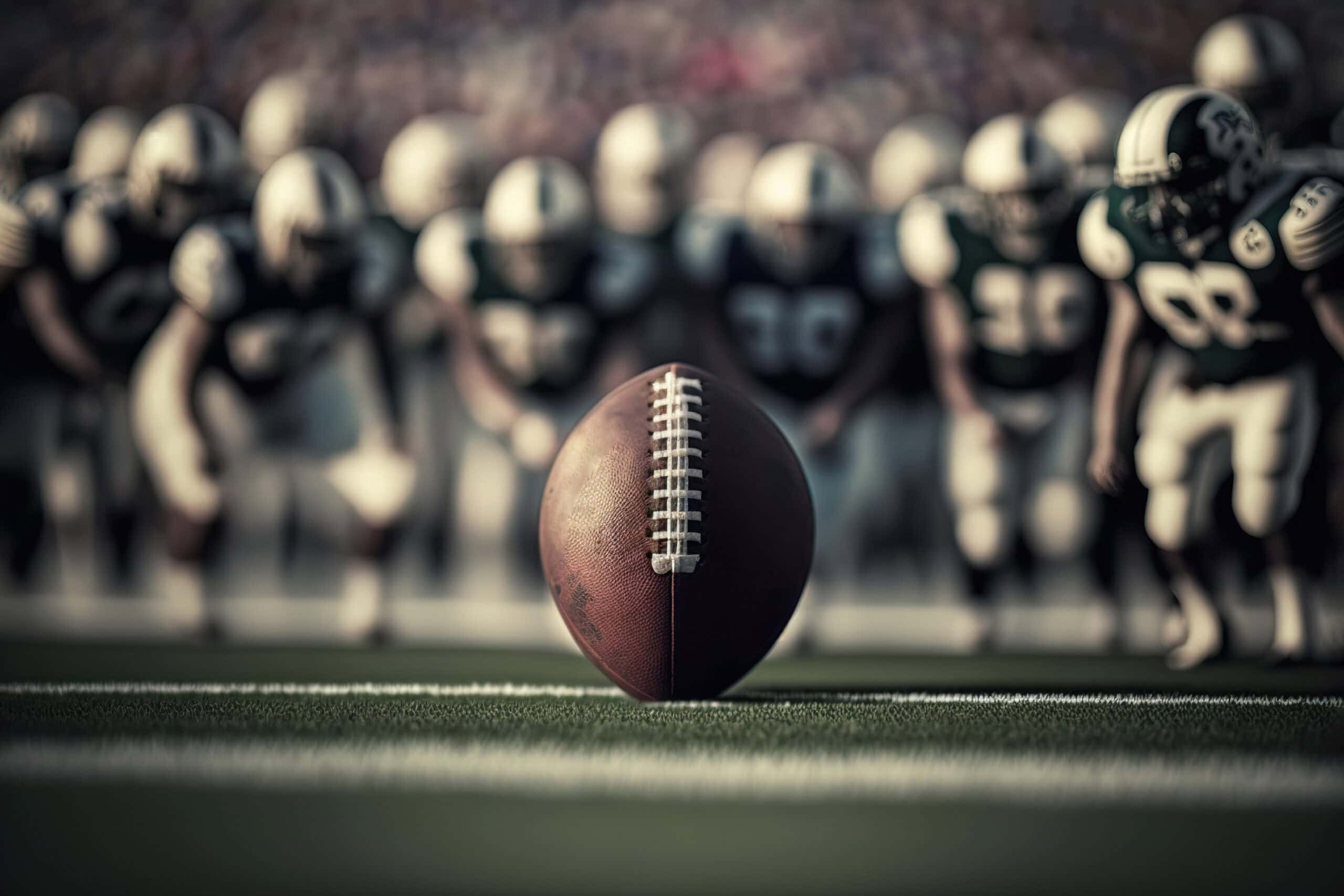This page is is likely going to have affiliate links. Yep, we’re gonna make millions off your online shopping sprees – yet, it will cost you nothing extra. WIN WIN, right?
If you’re a hockey fan, you’ve probably found yourself scratching your head over some of the sport’s more nuanced rules. One that often confuses even seasoned fans is the hand pass. You might be asking, “What is a hand pass in hockey, and why does it seem to cause so much drama?” Well, grab your stick, lace up your skates, and let’s explore this tricky rule, including the infamous controversy that rocked the NHL in 2019.

The Basics: What Is a Hand Pass in Hockey?
Table of Contents
- 1 The Basics: What Is a Hand Pass in Hockey?
- 2 The 2019 Controversy: When the Hand Pass Rule Took Center Stage
- 3 Stoppage of Play: When the Whistle Blows
- 4 Minor Penalties and Major Penalties: The Consequences of Hand Passes
- 5 The Blue Line and Offside: How Hand Passes Tie into Other Rules
- 6 The Role of the Referee: Judging Hand Passes and Keeping the Game Fair
- 7 Fair Play and the Spirit of the Game
- 8 Conclusion: Understanding the Hand Pass
In hockey, a hand pass occurs when a player uses their hand to direct the puck to a teammate. It sounds simple enough, but the legality of the play depends heavily on where it happens on the ice. The ice surface is divided into three key zones: the defensive zone, neutral zone, and offensive zone, and the rules vary across these areas.
- Defensive Zone: A hand pass in the defensive zone is legal, allowing players to bat the puck to a teammate without any issue. This helps teams clear the puck from danger when under pressure from the opposing team.
- Neutral Zone: In the neutral zone, a hand pass results in a stoppage of play, with a face-off taking place at the nearest neutral zone face-off spot.
- Offensive Zone: This is where the rule gets strict. A hand pass in the offensive zone is illegal, leading to an immediate stoppage of play and a face-off in the neutral zone. This prevents teams from gaining an unfair advantage while attacking the opposing goal.
The 2019 Controversy: When the Hand Pass Rule Took Center Stage
No discussion of hand passes in hockey would be complete without mentioning the 2019 NHL playoffs. In Game 3 of the Western Conference Final between the San Jose Sharks and the St. Louis Blues, a missed hand pass call led to one of the most controversial moments in recent hockey history.
With the game in overtime, San Jose’s Timo Meier appeared to bat the puck with his hand to teammate Gustav Nyquist, who then passed it to Erik Karlsson for the game-winning goal. The problem? The referees missed the hand pass, and since it wasn’t a reviewable play under NHL rules at the time, the goal stood, sparking outrage among Blues fans and hockey purists alike.
The incident reignited debates about the fairness of the hand pass rule and the limitations of video review in hockey. It was a defining moment that underscored how crucial—and sometimes controversial—this rule can be.
Embed from Getty ImagesStoppage of Play: When the Whistle Blows
When the referee detects a hand pass, they immediately blow the whistle to stop play. The location of the ensuing face-off depends on where the hand pass occurred. For an illegal hand pass in the neutral or offensive zone, the face-off is typically taken in the neutral zone closest to where the infraction happened.
Minor Penalties and Major Penalties: The Consequences of Hand Passes
While most hand passes result in a simple stoppage of play, there are situations where penalties might be involved. If a player uses their hand in a way that gives their team an unfair advantage—like catching the puck with an open hand and then directing it to a teammate—a minor penalty could be assessed. This results in the offending player spending two minutes in the penalty box, giving the opposing team a power play opportunity.
In more severe cases, such as if the hand pass leads to a dangerous play or is deemed unsportsmanlike, the referee could impose a major penalty. Major penalties last for five minutes and can significantly affect the outcome of a game, especially during high-stakes moments like the Stanley Cup Playoffs.
The Blue Line and Offside: How Hand Passes Tie into Other Rules
The blue line is a critical part of many hockey rules, including offside and hand passes. If a hand pass occurs with the puck crossing the blue line into the offensive zone, it’s considered illegal. The blue line acts as a boundary to ensure that teams don’t gain an unfair advantage by advancing the puck with their hands.

The Role of the Referee: Judging Hand Passes and Keeping the Game Fair
The referee’s judgment plays a significant role in enforcing the hand pass rule. The referee must determine whether a hand pass was intentional and whether it affected the play. In the 2019 controversy, the missed call highlighted the challenges referees face in making split-second decisions and the limitations of the rules in place at the time.
Fair Play and the Spirit of the Game
The hand pass rule, like many in hockey, is about maintaining the integrity of the game. Hockey is a fast-paced, physical sport, but it’s also governed by a sense of fairness. The hand pass rule ensures that teams can’t use their hands to gain an unfair advantage, keeping the game competitive and exciting. What is a hand pass in hockey when it’s legal ? Part of the game. What is a hand pass in hockey when it’s illegal? Often a penalty.
Conclusion: Understanding the Hand Pass
So, what is a hand pass in hockey? It’s a rule that can make or break a game, as we’ve seen in some of the sport’s most dramatic moments. Whether you’re new to hockey or a lifelong fan, understanding this rule gives you deeper insight into the game. And who knows? The next time a hand pass controversy arises, you’ll be ready to dive into the debate with your own informed opinion. While you’re here you might want to throw your opinion into the forum.
And it wouldn’t be right to leave without stocking up on you favourite teams merch



